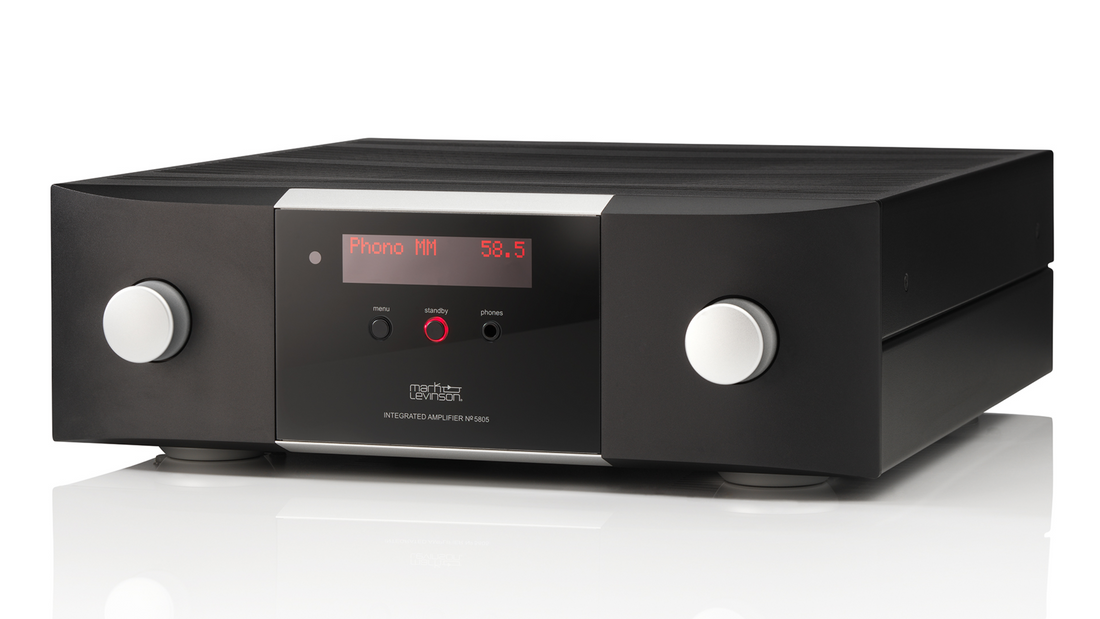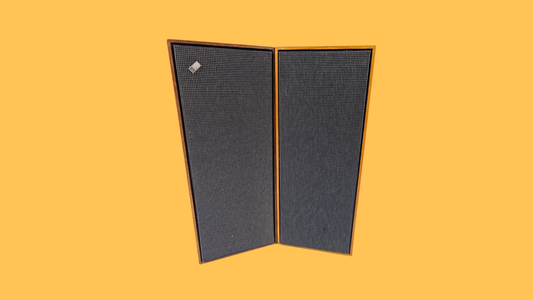
Mark Levinson — The Precision of American Minimalism
By Rafi Mercer
Some equipment seems designed to disappear. Not in the sense of invisibility, but in the sense that it draws no attention to itself — no chrome, no meters, no drama. Mark Levinson electronics embody that ethos. Black boxes, austere and functional, they stand for an American minimalism where performance is the only ornament. In listening bars, where the choice of amplifier can shape the mood of a night, Levinson is the whisper that proves silence can be just as powerful as spectacle.
The brand was founded in 1972 by a young musician and recording engineer, Mark Levinson, who had grown frustrated with the limitations of consumer hi-fi. His goal was simple yet radical: to build audio components that brought studio precision into the home. From the first preamplifiers to the later reference amplifiers, the focus was on neutrality — not warmth, not weight, not colour, but the faithful transmission of what was on the record.
The visual language matched the philosophy. The units were black, unadorned, often with only the faintest red lettering. They looked less like hi-fi for the living room and more like tools from a mastering suite. And in a way, that’s what they were. Levinson products became the reference not only for audiophiles but for recording engineers, bridging the gap between professional and domestic listening.
That bridging is what makes them intriguing in listening bars. Where a McIntosh bathes you in glow and an Accuphase wraps you in warmth, a Levinson system feels almost invisible. It doesn’t push the music, it clears the space for it. A night I spent in a London bar using Levinson electronics comes to mind: Wayne Shorter’s Speak No Evil played through Tannoys, every cymbal shimmer, every horn phrase hanging in the air with startling clarity. The room was filled not with hi-fi effects but with presence — the sensation that the recording had simply stepped into the space.
This neutrality is not to everyone’s taste. Some find it too restrained, too clinical, especially in bars where the mood thrives on glow or punch. But for venues that prize detail — that want listeners to hear the breath between notes, the reverb in the studio, the grain of the master tape — Levinson amplifiers are unmatched. They give you not a version of the record, but the record itself.
Over the decades, the brand has passed through changes of ownership, yet its DNA has remained intact: minimalist design, obsessive engineering, and an insistence that music deserves to be heard as it was made. In a bar, that insistence becomes atmosphere. Patrons may not notice the amplifier’s presence, but they feel its absence of interference. The music speaks directly, without mediation.
In the architecture of listening, Levinson is the steel frame — unseen, unglamorous, but essential to the structure. It is the amplifier that teaches you that sometimes fidelity is not about more, but about less. About subtraction, silence, and trust in the recording itself.
Rafi Mercer writes about the spaces where music matters. For more stories from Tracks & Tales, subscribe, or click here to read more.














